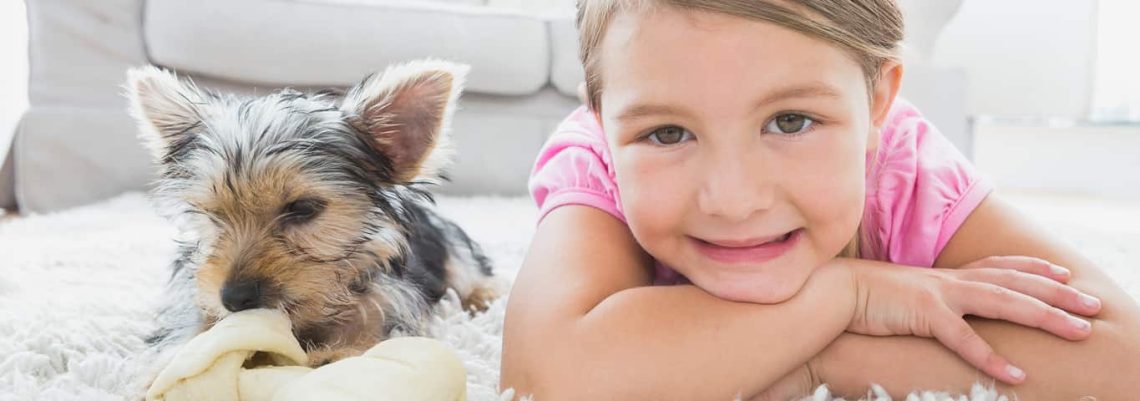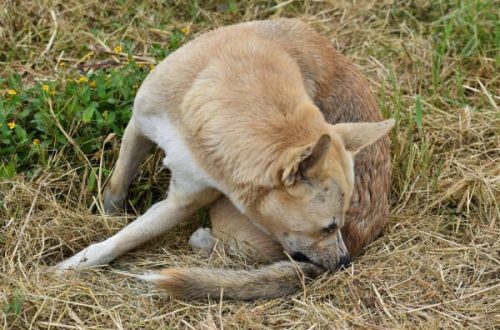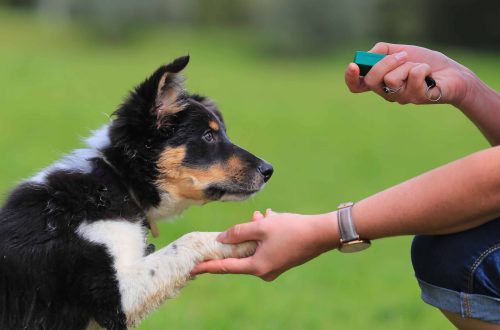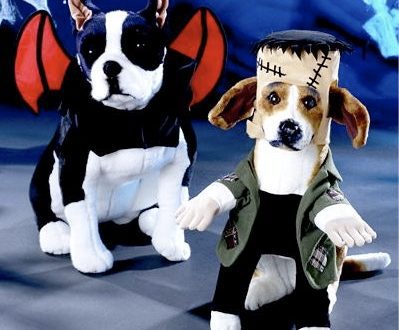
What to do if a child asks for a puppy
The child really wants a dog, but you are not ready to confidently answer: “We take it”? Promise to return to the conversation when you weigh the pros and cons.
Contents
- 1. Try to understand why a child needs a dog.
- 2. Get your whole family tested for allergies.
- 3. Discuss with the child the area of his responsibility.
- 4. Think about whether you have enough free time to take care of your puppy.
- 5. Assess your financial capabilities.
- 6. Estimate the size of your home.
- 7. Think about what kind of puppy you want to have.
1. Try to understand why a child needs a dog.
Ask him, observe the behavior. Among the common reasons:
The puppy appeared at one of the acquaintances, and the happy owners enthusiastically talk about the “fluffy lump”.
You often visit dog owners, and the child is jealous, because it is so great to play with them.
One of the children in the kindergarten or class has a dog. The child considers this a huge advantage and wants to be like everyone else, and even better – the coolest.
The child lacks your attention or communication with peers, he has no hobbies.
He wants a pet, not necessarily a puppy – a kitten or a rabbit will do.
Finally, he really sincerely dreams of a dog.
2. Get your whole family tested for allergies.
It will be unpleasant – both physically and morally – to take a puppy, and then abandon him because of an allergy to the secret of the skin glands or the dog’s saliva. If someone in the family is diagnosed with an allergy, be honest with your child. And offer an alternative: a turtle or aquarium fish.
3. Discuss with the child the area of his responsibility.
Explain that a dog is not a toy, but a friend and family member. When you get a puppy, you and your child take responsibility for someone else’s life. You won’t be able to play with your dog when you feel like it and leave it when you get bored. Tell us how the appearance of a four-legged friend will change the life of your family. Do not exaggerate, it is important to calmly convey to the child that:
It is necessary to walk with the dog several times a day, even when there is no mood and desire. When outside the window is not the sun, but a strong wind, rain or snow. When you want to sit with friends or at the computer, sleep longer.
She needs to be cleaned up. And at home – another puddle or “surprise” in the corner. And outside while walking.
You need to take care of it – comb it out, trim its nails, take it to the vet, treat it.
It is necessary to find time both for games and for training.
It is important to understand with whom to leave the pet during the holidays.
How to make sure that the child will take care of the puppy not only in words, but also in deeds?
1. If you have friends with dogs, arrange for the child to help them walk the pet, clean up after it, and feed it.
2. When your friends go on vacation, take their dog for foster care.
3. Arrange trips together to the animal shelter to walk the dogs, buy them food – from the child’s pocket money, wash and comb them.
4. Try to negotiate with the breeder so that you can return the dog if you do not get along with it.
Such “trial periods” will not replace a full life with your dog. But the child will clearly understand that raising an animal is not the same as playing with it. And either he will abandon his idea – or he will prove the seriousness of his intentions.
4. Think about whether you have enough free time to take care of your puppy.
For the first months, a happy owner will diligently walk the puppy and devote a lot of time to it. But gradually the interest may disappear, but the duties to the animal will remain. Some of them can and should be assigned to the child. But some worries will fall on your shoulders.
Therefore, immediately decide: you take a puppy not for a child, but for the whole family. Everyone will participate in one way or another in the upbringing of the dog. Do not treat this as something burdensome. Playing, walking, and teaching your puppy is a great way to spend time with your child and teach them how to care for others.
5. Assess your financial capabilities.
You are expected to spend on:
- buying a puppy if you do not want to take it from the street or from a shelter;
- food and treats (to avoid health problems, you need high-quality feed);
- toys, leashes, care products
- vaccinations, tests and examinations at the veterinarian, sterilization, treatment.
6. Estimate the size of your home.
Well, if you have a private house or a spacious apartment. Otherwise, you may not be too comfortable with a dog, especially a large one.
7. Think about what kind of puppy you want to have.
Assess your lifestyle, readiness for combing long-haired and many hours of walking with active dogs. To learn more about the different breeds, surf the web, talk to owners on runways and specialized forums, visit dog shows and animal shelters. You should not choose a puppy only for a pretty muzzle.
We hope our advice will help you and your child will have a four-legged friend.





